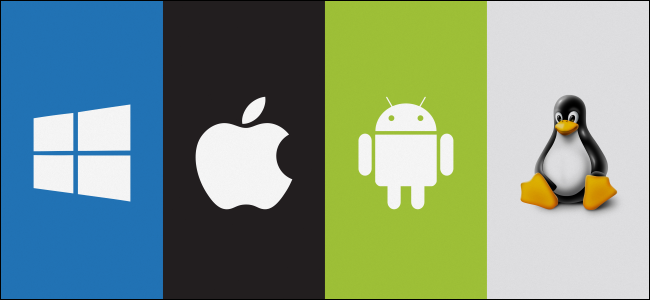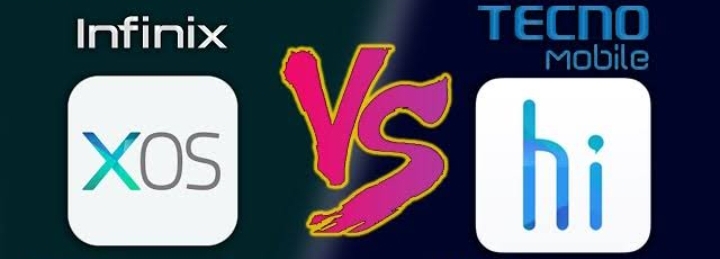Introduction
Choosing the right operating system (OS) can feel like a monumental decision. With so many options—each boasting unique features, advantages, and drawbacks—how do you know which one is right for you? Whether you’re setting up a new computer, looking to switch from your current OS, or simply curious about what’s out there, this guide will help you make an informed decision. Let’s explore the world of operating systems and find out how to choose the best one for your needs.
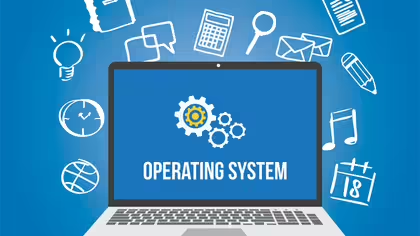
What Is an Operating System?
Definition and Function
An operating system is the software that manages all of the hardware and software on a computer. It acts as an intermediary between the user and the computer hardware, providing a user-friendly interface and managing resources such as the CPU, memory, and storage.
Popular Operating Systems
The most widely used operating systems are Windows, macOS, and Linux. Each has its strengths and specific use cases, making it essential to understand their unique characteristics before making a decision.
Factors to Consider When Choosing an OS
Your Primary Use Case
Personal Use
If you’re primarily using your computer for personal tasks like browsing the internet, streaming videos, and basic productivity, you’ll need an OS that’s user-friendly and well-supported by a range of applications.
Professional Use
For professional tasks, such as graphic design, software development, or data analysis, you’ll want an OS that supports the necessary software and offers robust performance and security features.
Gaming
Gamers require an OS that supports a wide range of games and offers excellent graphics performance and compatibility with gaming hardware.
Compatibility with Software
Ensure the OS you choose supports the software you need. Some applications are only available on specific operating systems, so it’s crucial to verify compatibility before making a decision.
Hardware Requirements
Different operating systems have varying hardware requirements. Make sure your computer’s hardware is compatible with the OS you want to install to ensure smooth performance.
User Experience
The user experience can vary significantly between operating systems. Consider the interface, ease of use, and the availability of features that enhance your workflow.
Security and Privacy
Security is a critical factor when choosing an OS. Look for an OS that offers robust security features, regular updates, and privacy controls to protect your data.
Popular Operating Systems: An Overview
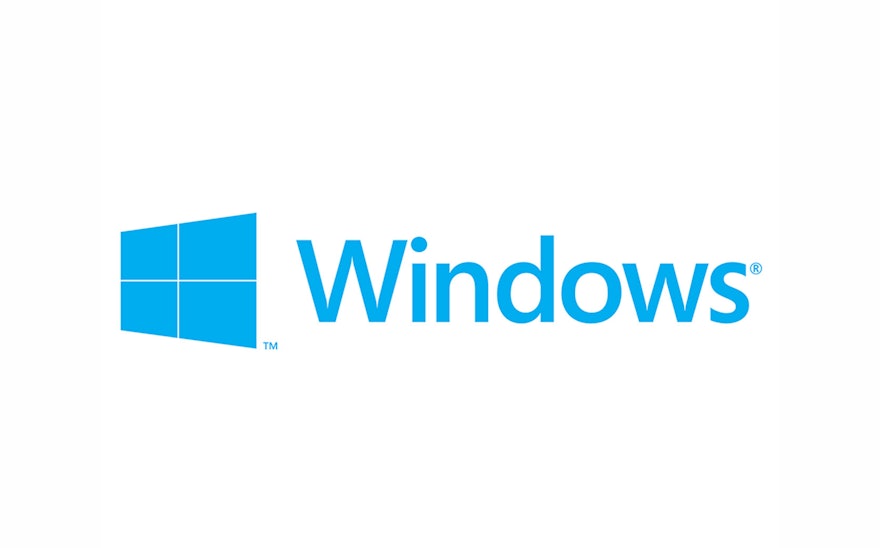
Windows
Overview
Windows, developed by Microsoft, is one of the most popular operating systems worldwide. It’s known for its user-friendly interface and wide range of supported applications.
Pros
- Extensive software compatibility
- User-friendly interface
- Regular updates and support
Cons
- Higher susceptibility to malware
- Can be resource-intensive
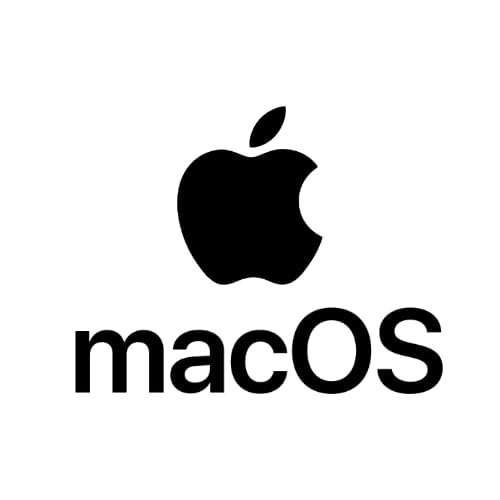
macOS
Overview
macOS, developed by Apple, is known for its sleek design, seamless integration with other Apple products, and strong performance, particularly in creative industries.
Pros
- Excellent design and user experience
- Robust performance for creative tasks
- Strong security features
Cons
- Limited to Apple hardware
- Higher cost
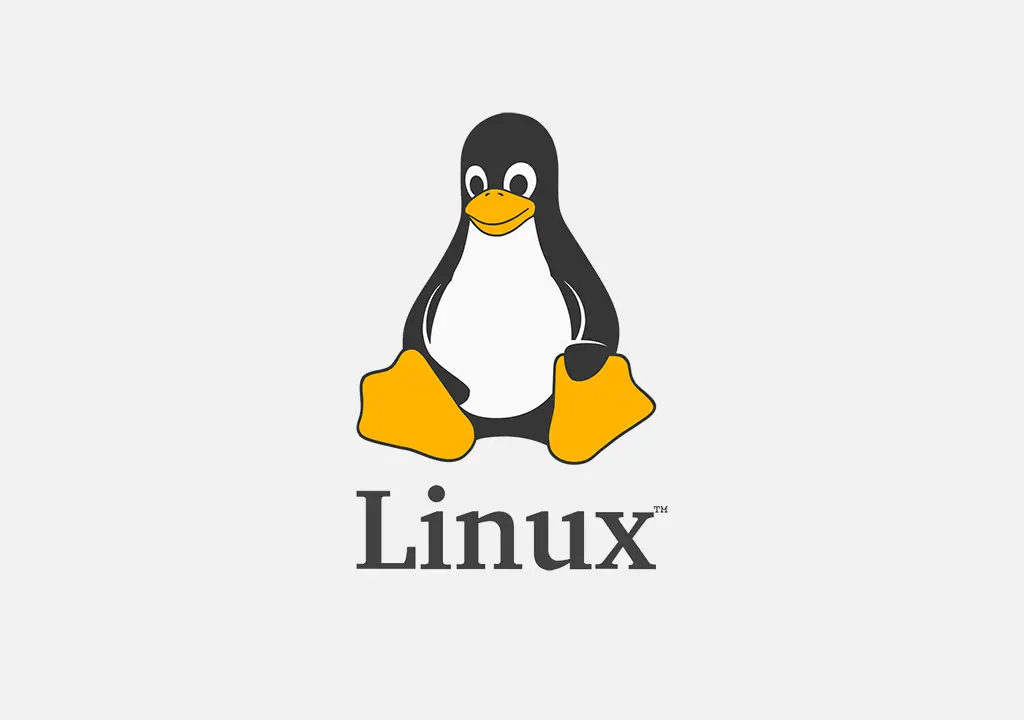
Linux
Overview
Linux is an open-source operating system known for its flexibility and customization options. It’s popular among developers and tech enthusiasts.
Pros
- Highly customizable
- Strong security and privacy features
- Free and open-source
Cons
- Steeper learning curve
- Limited compatibility with some software
Specialized Operating Systems
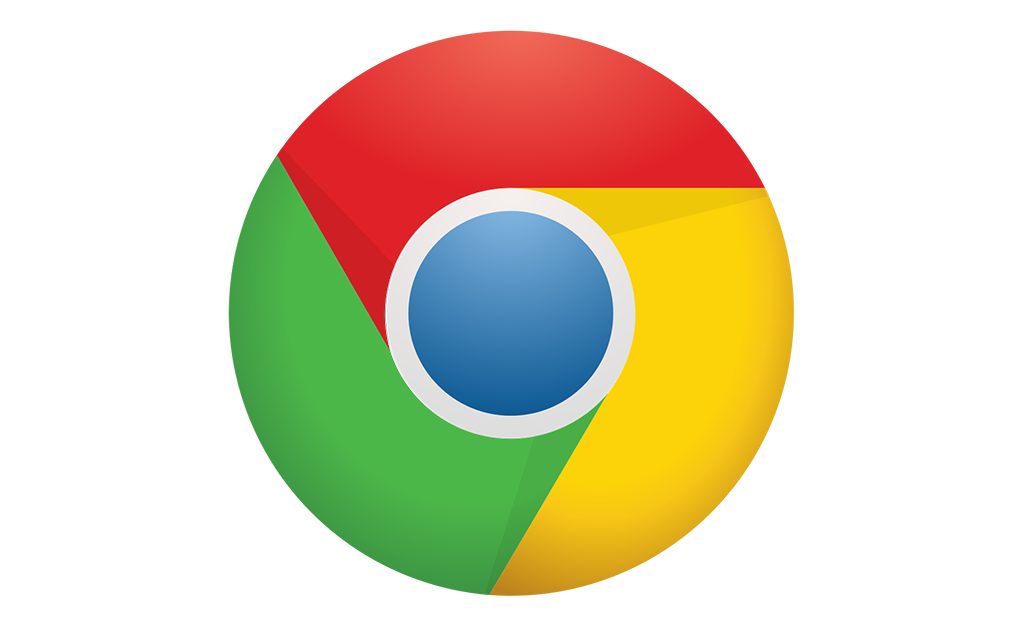
Chrome OS
Overview
Chrome OS, developed by Google, is a lightweight OS designed primarily for web-based tasks. It’s commonly found on Chromebooks.
Pros
- Fast and lightweight
- Seamless integration with Google services
- Affordable
Cons
- Limited offline functionality
- Less support for non-web-based applications

Android
Overview
While primarily known as a mobile OS, Android can also be used on some tablets and PCs. It’s open-source and highly customizable.
Pros
- Wide range of apps
- Highly customizable
- Open-source
Cons
- Security concerns
- Fragmentation issues
How to Decide Which OS to Use
Assess Your Needs
Consider what you’ll be using your computer for. Are you a gamer, a developer, or a casual user? Your primary use case will significantly influence your choice of OS.
Research Compatibility
Make a list of the software you need and check its compatibility with different operating systems. This will help you narrow down your options.
Consider Your Hardware
Ensure your computer meets the hardware requirements for the OS you’re considering. Check for any potential compatibility issues, especially with older hardware.
Evaluate User Experience
Try out different operating systems if possible. Many OSes offer trial versions or live USBs that let you test them without committing to a full installation.
Think About Security
Consider the security features of each OS. Look for regular updates, built-in security tools, and privacy controls to keep your data safe.
Real-World Scenarios: Choosing the Right OS
Scenario 1: A Gamer’s Perspective
Requirements
- Support for a wide range of games
- Excellent graphics performance
- Compatibility with gaming hardware
Recommended OS
Windows: Windows is the go-to choice for gamers due to its extensive support for games and gaming hardware. It offers the best performance and compatibility for a seamless gaming experience.
Scenario 2: A Developer’s Perspective
Requirements
- Strong support for development tools
- Customization options
- Robust performance
Recommended OS
Linux: Linux is popular among developers for its flexibility, customization options, and strong support for development tools. It’s an excellent choice for coding and testing applications.
Scenario 3: A Creative Professional’s Perspective
Requirements
- Robust performance for creative tasks
- Support for creative software
- Excellent design and user experience
Recommended OS
macOS: macOS is the preferred choice for creative professionals due to its robust performance, seamless integration with creative software, and excellent design.
Scenario 4: A Casual User’s Perspective
Requirements
- User-friendly interface
- Support for basic productivity and entertainment
- Affordability
Recommended OS
Chrome OS: Chrome OS is an excellent choice for casual users who primarily use their computer for web-based tasks. It’s affordable, easy to use, and integrates seamlessly with Google services.
The Future of Operating Systems
Emerging Trends
Cloud-Based OSes
Cloud-based operating systems are gaining popularity as they offer seamless access to applications and data from anywhere. These OSes rely on internet connectivity and cloud storage, reducing the need for powerful local hardware.
Enhanced Security Features
As cyber threats continue to evolve, operating systems are incorporating more advanced security features. Look for OSes that offer regular updates, built-in security tools, and strong privacy controls to protect your data.
Greater Customization
Operating systems are becoming more customizable, allowing users to tailor their experience to their specific needs. This trend is particularly evident in Linux distributions, which offer extensive customization options.
What to Expect
Increased Interoperability
Future operating systems are likely to offer greater interoperability, making it easier to switch between devices and platforms. This trend is already evident with Apple’s ecosystem, where devices seamlessly integrate and work together.
Artificial Intelligence Integration
AI is expected to play a significant role in the future of operating systems, enhancing user experience and automating tasks. Look for OSes that incorporate AI features to improve productivity and efficiency.
Conclusion
Choosing the right operating system is a crucial decision that can significantly impact your computing experience. By considering your needs, researching compatibility, evaluating user experience, and thinking about security, you can make an informed decision. Whether you choose Windows, macOS, Linux, Chrome OS, or Android, each operating system offers unique benefits that cater to different use cases. So, take your time, explore your options, and find the OS that’s perfect for you.
Read Related Post
Did You Know You Can Use More Than One OS on Your PC?
FAQs
Yes, you can use multiple operating systems on one computer through dual booting or virtualization. This allows you to switch between different OSes based on your needs.
Windows and macOS are generally considered the easiest OSes for beginners due to their user-friendly interfaces and extensive support for a wide range of applications.
While Linux is gaining support for gaming, Windows remains the superior choice for gamers due to its extensive compatibility with games and gaming hardware.
It’s important to update your operating system regularly to ensure you have the latest security patches and features. Most OSes provide automatic updates to keep your system up to date.
Yes, you can switch from one operating system to another. However, it’s important to back up your data and ensure your hardware is compatible with the new OS before making the switch.
